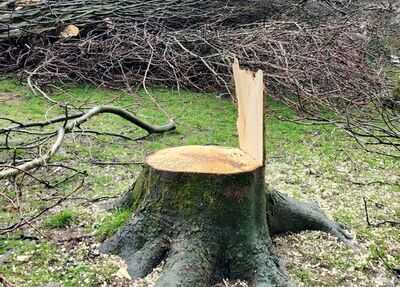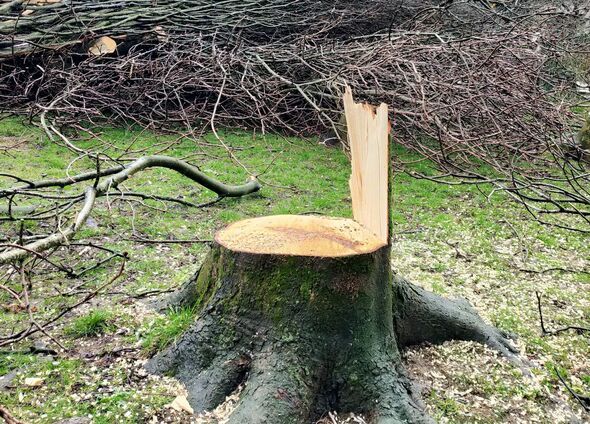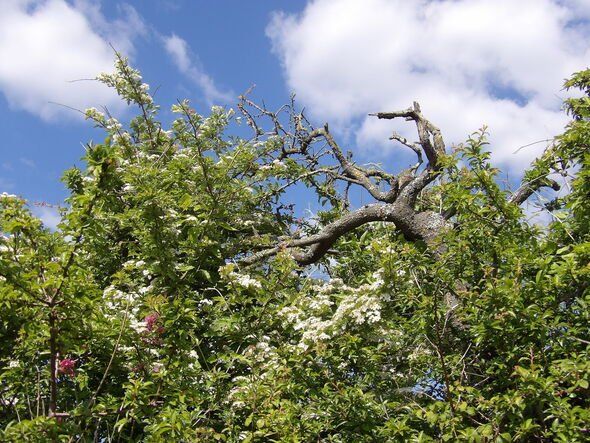

Old English folklore is fascinating and people once worshipped nature in a way that many of us don't these days, but some old myths and legends stick fast, such as seeing one magpie and feeling uneasy.
But there's another piece of fascinating superstition that was adhered to across Ireland, England, Wales and Scotland in times gone by - and it centres around a certain shrub.
Blackthorn, a native tree to the UK grows in the wild and it's the shrub that produces sloes in autumn, but old lore surrounding this small tree meant it was 'forbidden' to cut it down two times a year.
Both November 11 and May 11 were considered unlucky dates to hack down blackthorn in times gone by as it was thought to be a 'magical tree' in Celtic mythology.
The tree is also known as wild plum and the 'wishing thorn' and it has a distintive look in when seen in hedgerows or urban woods and parks.

Blog, Irish Stick explained the folklore: "Blackthorn was considered as a protection against the fairies as they regarded it very highly.
"It was said to be protected by the lunantishees (moon fairies) who, at the best of time, were no friends to humans and would curse anyone foolish enough to cut down a blackthorn on the November 11 (the original All Hallow's Eve) or on the May 11 (original May Day).
"The best time to harvest the tree was during the full moon, as the lunantishees would be away during that time - on a good day, the lunantishees would give inspiration to the musician or the poet as well as valour and strength to the warrior."
The same kind of folklore surrounds the hawthorn tree which is considered to be a 'cousin' to the blackthorn, both these shrubs are surrounded in myth and legend.
Hawthorn's were often planted in memory of someone when they died and were also strongly associated with 'fairy folk' and even as a threshold to the 'Otherworld'.

The hawthorn (also known as May tree or whitethorn) has eye-catching blossoms in spring, (as does the blackthorn), but cutting a hawthorn tree down was said to 'lead to instant death', according to superstition in earlier centuries.
Cutting down blackthorn at certain times of the year (November 11 and May 11) would mean 'a curse from the fairy folk' - and this is one reason why they are still abundant, even still standing in random spots today.
But even in spring when a hawthorn is in flower, a stunning sight of white (or sometimes pink) blossom, cutting down a branch or small sprig bearing flowers and bringing it inside was also considered to be unlucky in old times - and there are probably still some people today who wouldn't risk it.